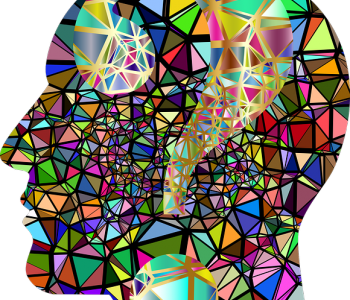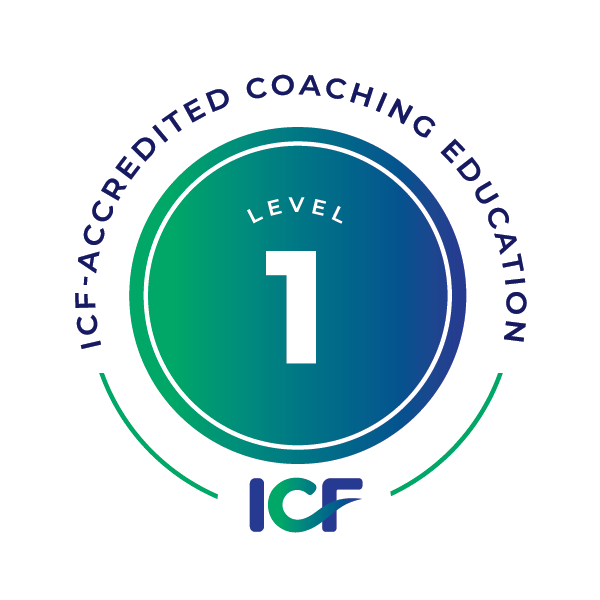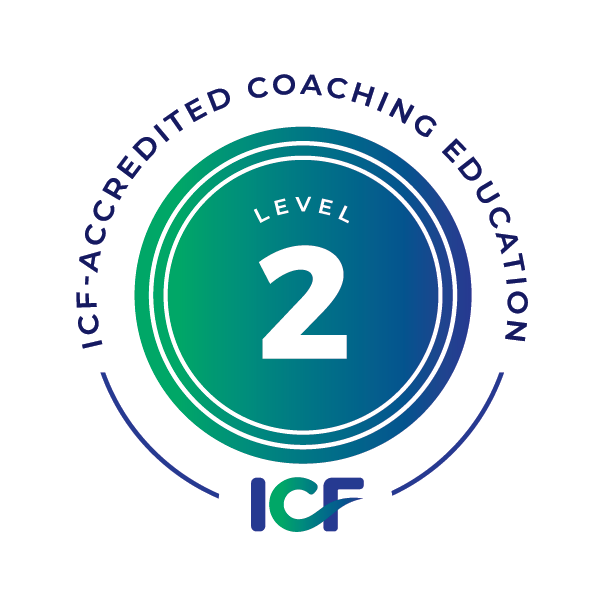
Positive Pathways
Coach Directory | Coaching | David Giwerc
Empowering Coaches to Strengthen Their Client's Brains
By David Giwerc, MCC, MCAC
Published in, and reproduced with permission from, Choice, the magazine of professional coaching
We collect and process information because our brains have the ability to do so, but we are so busy accumulating it, we don’t pause to think about how we are going to use it. While a great deal of information processing occurs below our conscious awareness and can be positive or negative, there are ways to harness it to ignite positive emotions and memories. Understanding how attention works in the ADHD brain has many implications for the neurotypical brain, which can be extremely helpful in coaching all clients who want to grow and strengthen their own brain wiring.
Approximately 85 billion neurons, or brain cells, make up a diverse, interconnected communication network in your brain. At the center of it all is the Reticular Activating System (RAS), the brain’s activation center. It is the key to “turning on” your brain, and it is also believed to be the center of motivation.
The RAS acts as a “gatekeeper,” letting the strongest, most dominant thoughts you may have in a given moment through the “gate” where they will attempt to reach your Pre-Frontal Cortex (PFC). The PFC helps you pay attention to tasks, concentrate, make good decisions, behave appropriately, plan, learn and remember what you have learned. The PFC does all these things when properly stimulated by the neurochemicals in your brain.
As the “gatekeeper” to the PFC, the RAS plays a significant role in determining whether you can learn and remember things well or not; whether or not you are impulsive or self-controlled; whether or not you have high or low motor activity levels; and whether or not you are highly motivated or bored easily.
NAME IT & TAME IT
The quality of the thoughts and emotions that pass through your RAS are important, as thoughts and emotions have the power to catalyze or immobilize. The emotional watchdog of the brain, the amygdala, quickly detects strong, negative thoughts of self-criticism. The repeated pattern of reacting to negative emotions, over time, can produce higher levels of cortisol, leading to depression and depleting the essential neurotransmitters, which allow for the ability to experience pleasure.
On the flip side, healthy, positive thoughts can turn into neurochemicals such as serotonin, responsible for the “feel-good response,” allowing you to sustain enthusiasm and positive emotions. The ability to express self-kindness, which is a big challenge for many individuals with ADHD, can lead to the production of oxytocin which researchers have referred to as the “hormone of love and bonding.” Research has also revealed that increased levels of oxytocin reduces fear and anxiety and counteracts increased blood pressure and cortisol associated with stress.
These invisible thoughts, positive or negative, can be felt and identified in different parts of your body if you pause to pay attention to them. The moment you recognize the emotion as it is occurring (emotional intelligence) you diminish the power of that emotion to control you. When you name it, you can tame it.
CREATING POSITIVE PATHWAYS
The gatekeeper does not analyze whether or not your strongest thought is positive or negative, or whether it serves you well; it simply lets the thought through the gate where it first enters the limbic system, the brain’s emotional center. If it is not hijacked by dominant negative thoughts in the amygdala (located in the limbic system), then your PFC is available to access the emotional information.
Unfortunately, the ADHD brain is too often plagued by negative thoughts, which activate the cortisol or adrenaline and immobilize the ability to access the rational side of the the brain (PFC), which is what identifies the emotion, keeping you stuck. However, the brain can change anatomically and functionally based on what patterns you choose to pay attention to in each moment. The science of neuroplasticity validates that each experience, moment and thought repeated over time, can create positive new neural pathways in your brain while diminishing the old negative ones, which have been holding you back.
Adults with ADHD are usually not aware of what motivates them because they are challenged with their ability to self-regulate their focus during the day. This diminishes their ability to become self-aware of what successfully works and could move them forward in relevant areas of their lives.
BENEFITS OF AUTOMATIC PAUSE
In ADHD coaching, we partner with our clients who have a difficult time pausing (inhibition) to pay attention to what they pay attention to in the present moment. By mirroring their thoughts and asking evocative questions, we can create an automatic pause, so the client can become aware of their dominant thinking and reflect on its impact.
For example, I might say:
- “I hear you saying that you will never be able to complete your work proposal in time?”
- “Where’s the evidence that what you are saying will happen in three months?”
- “What do you think happens to your ability to get the work done when your dominant thinking is conveyed in the words you share with me?”
- “How would you like to change your words so that they convey one of your top five-character strengths — fairness, creativity, social intelligence or kindness?”
- “What might those words be?”
- “When you read or hear those words, what happens to your energy and ability to take
- initiative? Who do you become?”
Every individual has something they do well, but they will each do it differently. Active listening and reflecting on what has been conveyed in a mirroring session brings awareness – often for the first time – of the dominant thoughts they possess and only then can they realize how destructive those thoughts can be.
EMBRACING CHARACTER STRENGTHS
What I have discovered after more than 20 years of ADHD coaching and studying the ADHD brain from a coaching perspective, is that the most sustaining thoughts are related to the specific attributes and strengths that bring meaning to my clients’ lives.
These character strengths nourish us all with constructive emotions. They provide us with strong reminders of what’s best in us so we can flourish by engaging our natural capacities to pursue meaningful personal and professional goals. In other words, defining who you are is what you must do first before you can choose what you will do.
The VIA Institute on Character is a nonprofit dedicated to bringing the science of character strengths to the individual through the only free, online, scientifically validated survey. The VIA character strengths are identified through the VIA inventory (www.characterstrengths.org).
CREATING POSITIVE EMOTIONS
Character strengths are wellsprings of positive emotion and energy.
When accessed, they naturally ignite the amygdala and activate the motivational centers of our brain. We have all been taught to manage negative emotions, but we as coaches and professionals have not focused on empowering our clients to consistently create and sustain positive emotions, which help us build new positive neural pathways in our brains. The more we encourage our clients to utilize their positive sources of energy, the higher the chance that neuroplasticity of the brain will create new positive pathways in our clients’ brains.
Our thoughts do not have to control us. It is essential to give ourselves permission to proceed, access those strengths we already have, take what we’ve learned and begin to reframe it by saying,
“Who I am is who I choose to be.” That’s where it begins. “And who
I choose to be is a function of my brain wiring, but it’s also a function of choice, and what I choose to pay attention to in any given moment is still up to me.”












